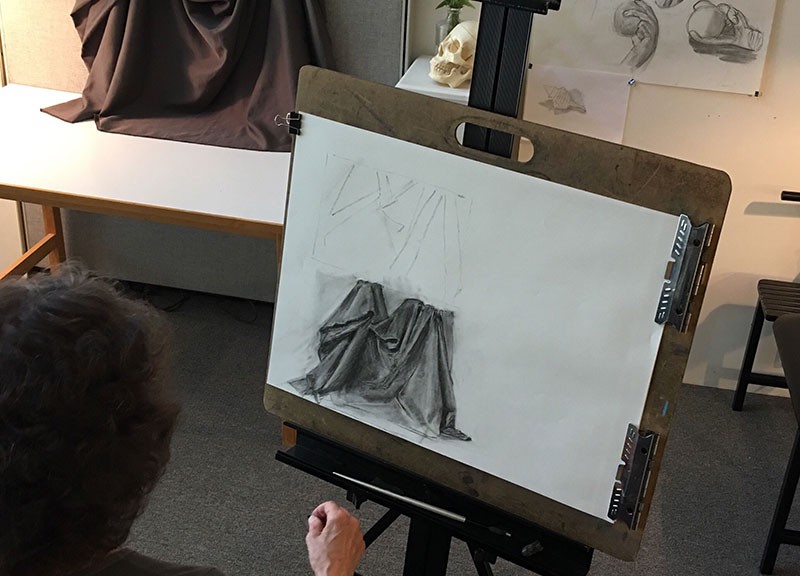Creating the illusion of three-dimensional form on a flat piece of paper is one of the biggest challenges in observational drawing. If only we could wave a sorcerer’s wand to instantly make our drawings look three-dimensional. Like magicians, we would be able to create dramatically modeled shadows, realistic contours, and brilliant highlights without effort. But even the greatest drawing illusionists in history agree: the true magic of realistic form begins with a keen eye for accuracy and deliberate practice.
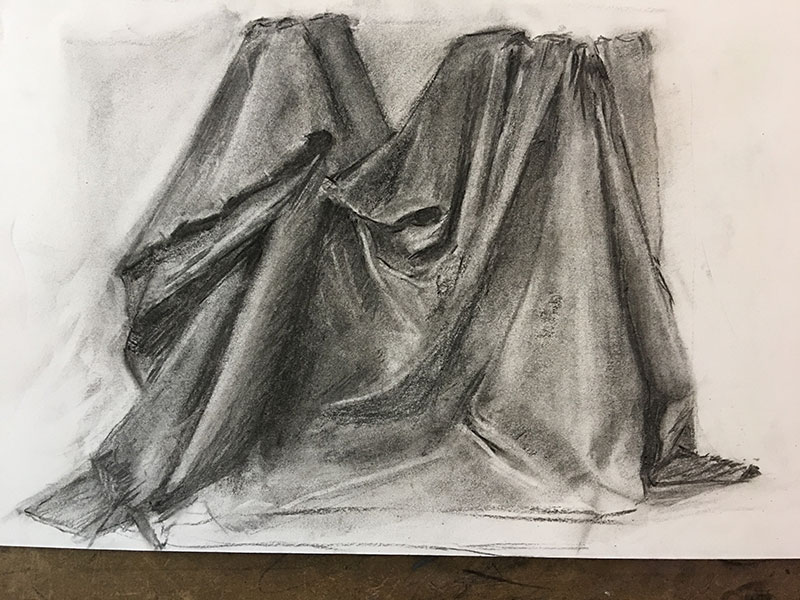
In the book, Leonardo da Vinci’s Advice to Artists, the great Renaissance artist suggests, “In order to acquire a true notion of the form of anything, study it part by part, never passing to a second till you have well practiced the first, storing it away in your memory. Remember: acquire accuracy before speed.”
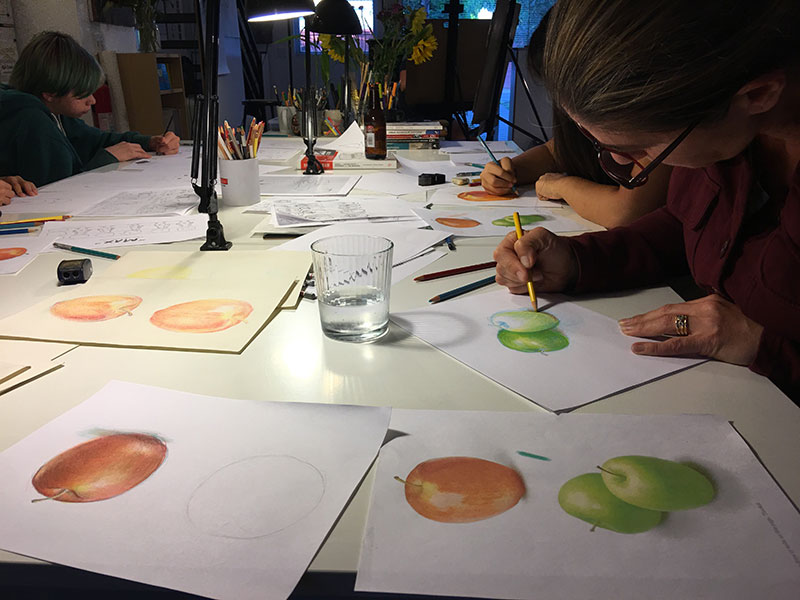
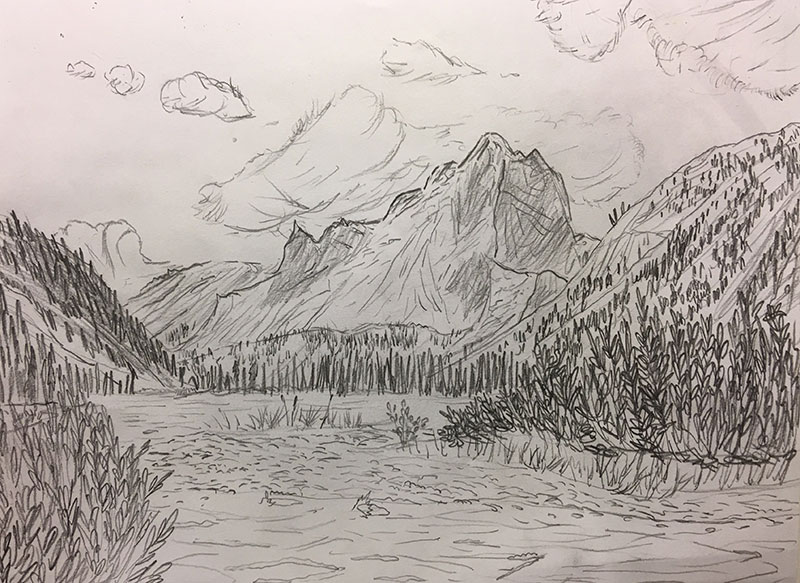
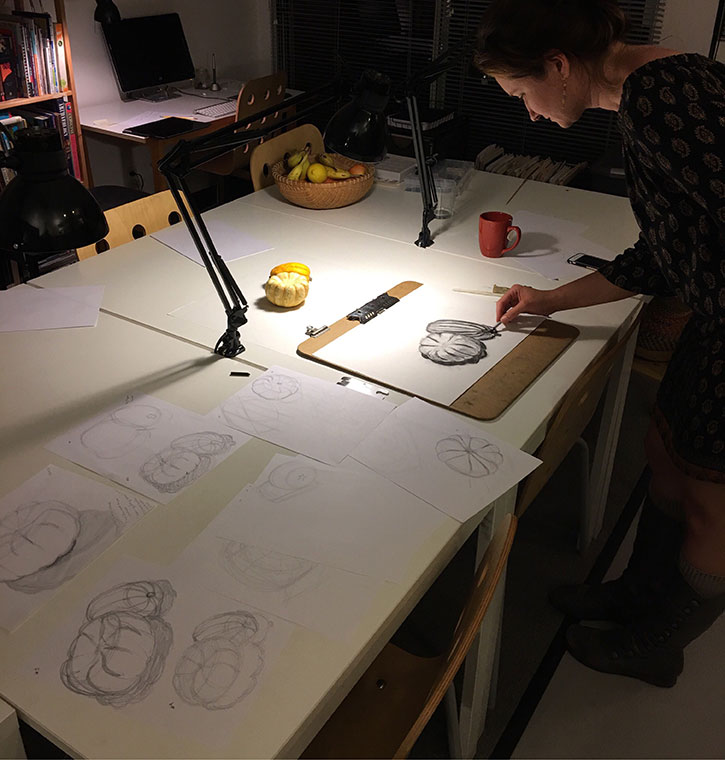
The magic wand in the quest to draw believable form is the process of iteration. By repeating study sketches you can work through problems and achieve realistic representation of your subject. To improve accuracy, Leonardo suggests practicing iteration even when you are not at the drawing table.
“I have had no small benefit when in bed in the dark from retracing in my mind the outlines of those forms I had been previously studying, particularly those that seemed to me most difficult to grasp and remember. In this way they become firmly established in the mind and stored in the memory.”
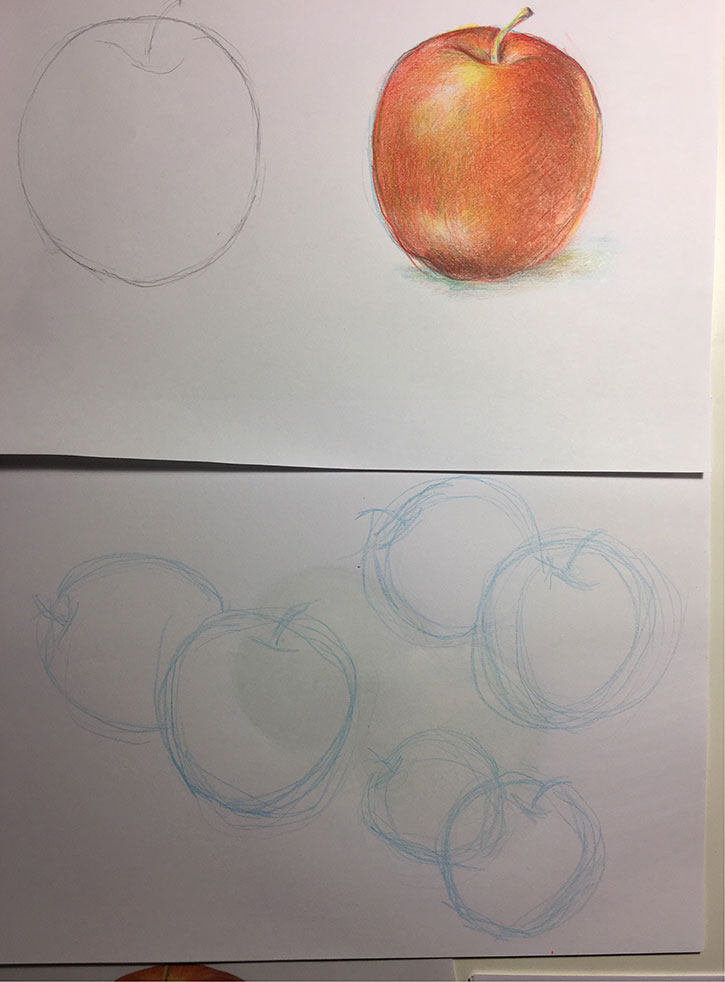
By building an accurate framework of your subject in iterative study sketches, you can then create three-dimensional form through patient modeling of light, shadows, and color. As you work, great pleasure can be found in the experience of realistic drawings magically appearing on paper—right before your very eyes!
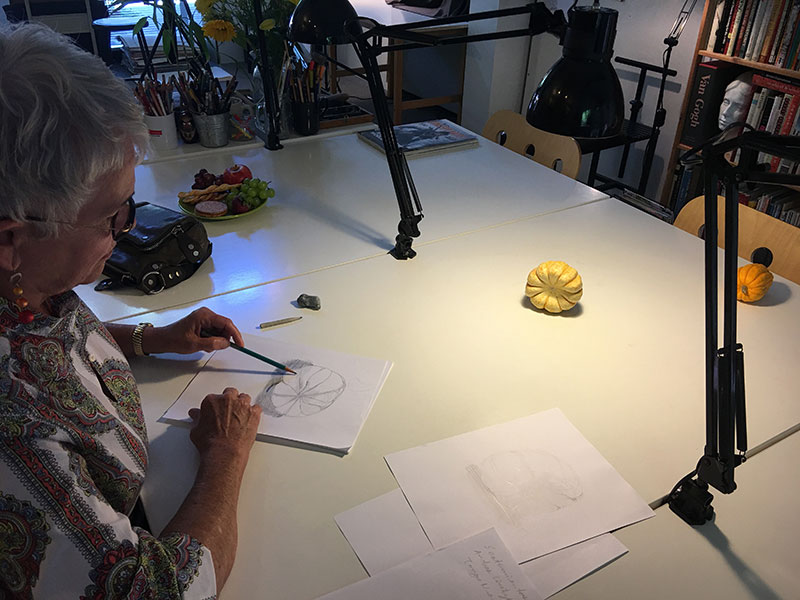
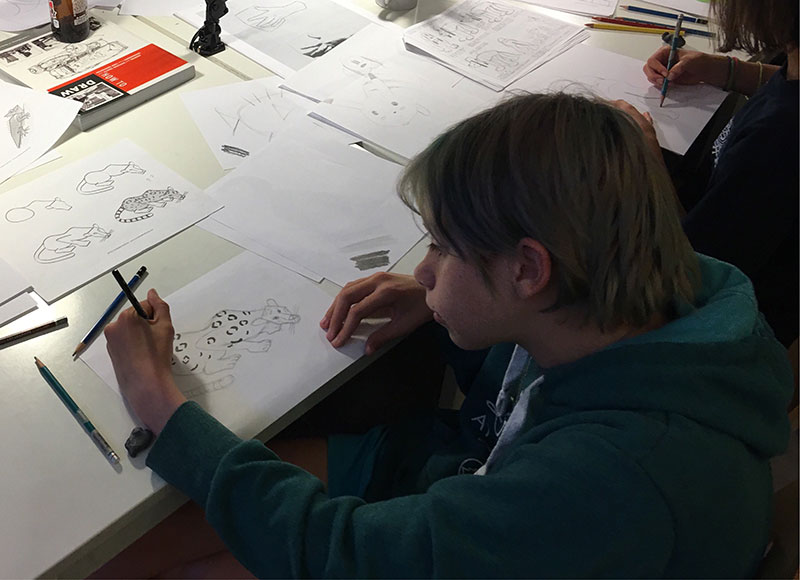
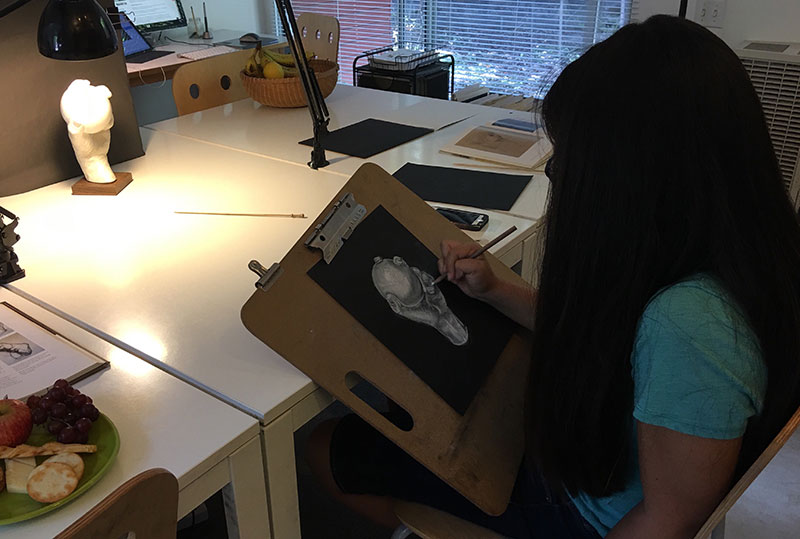
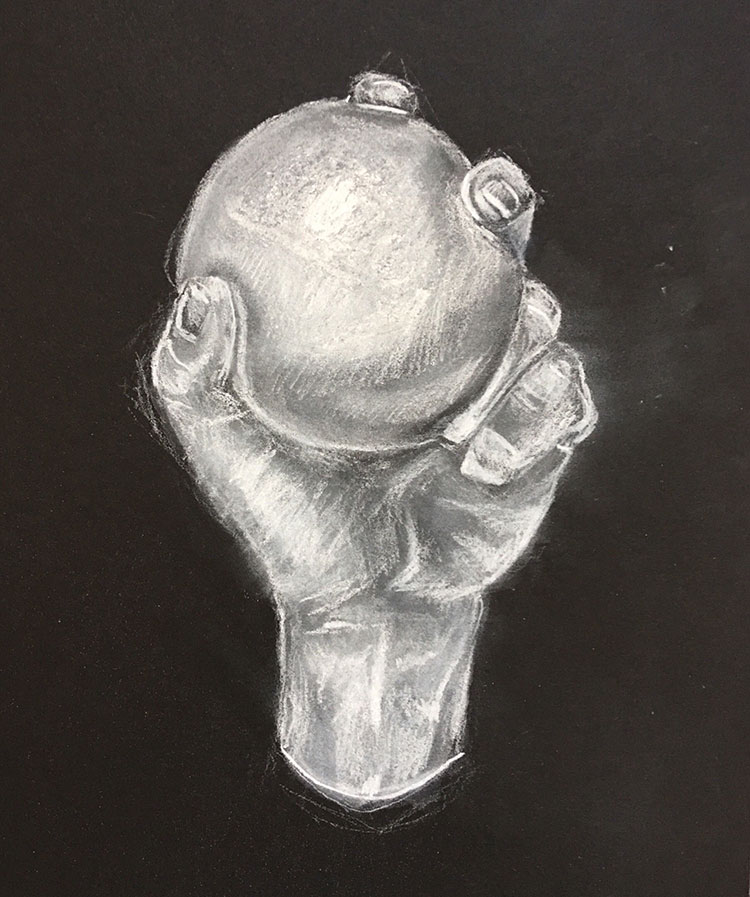
And here are a few Prismacolor pencil impressions by youth and adult students that magically appeared on pieces of paper during last week’s Drawing Lab…
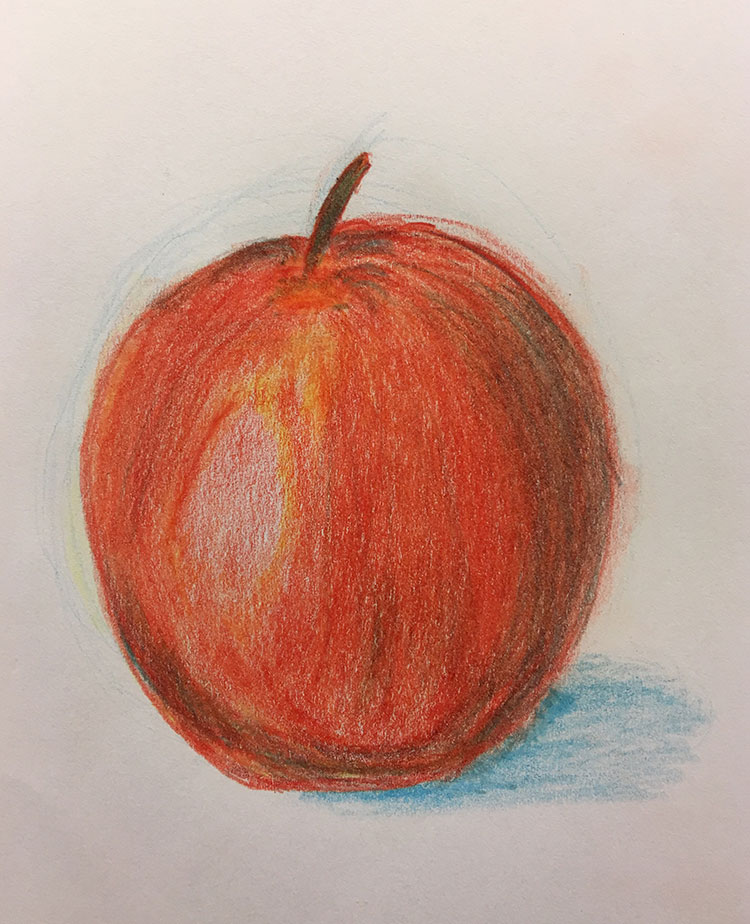
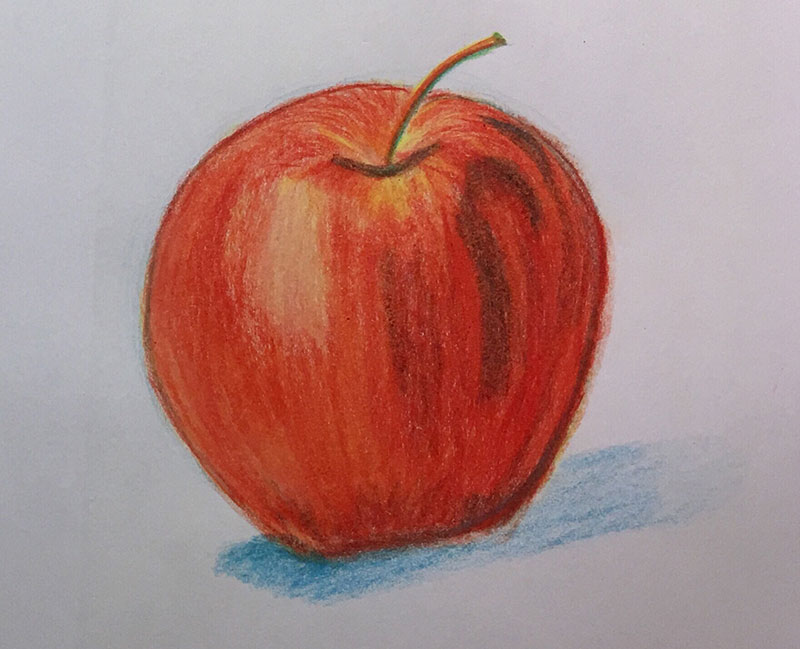
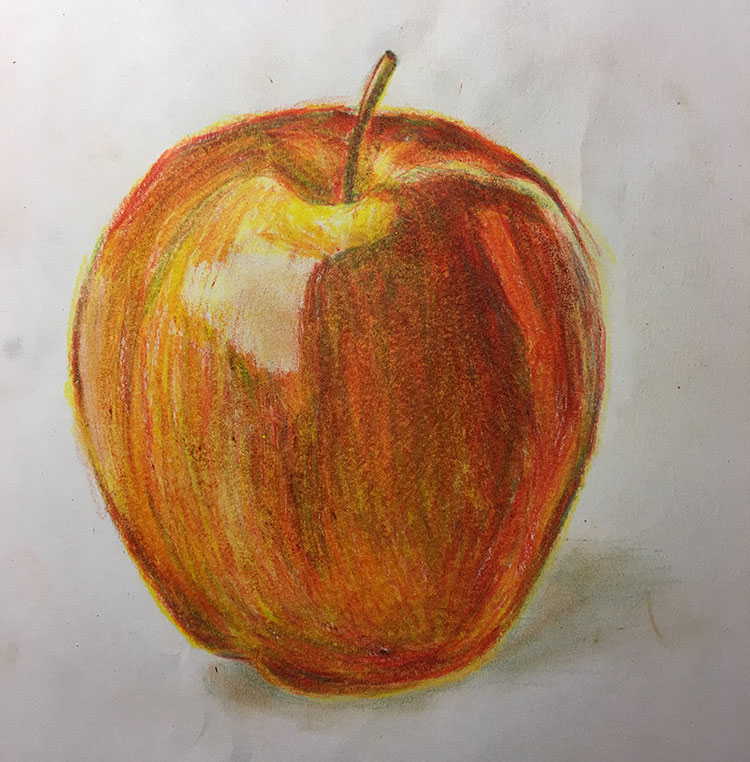
Rob Court
Latest posts by Rob Court (see all)
- Drawing With Friends - April 11, 2022
- Frozen in Time: Cellphone Users as Models to Draw - April 8, 2022
- Getting Out & Getting Real - June 20, 2021
- Life Lines: Sketching the Unseen World of Movement - June 20, 2021
- The Ups & Downs of Urban Sketching - May 9, 2021
